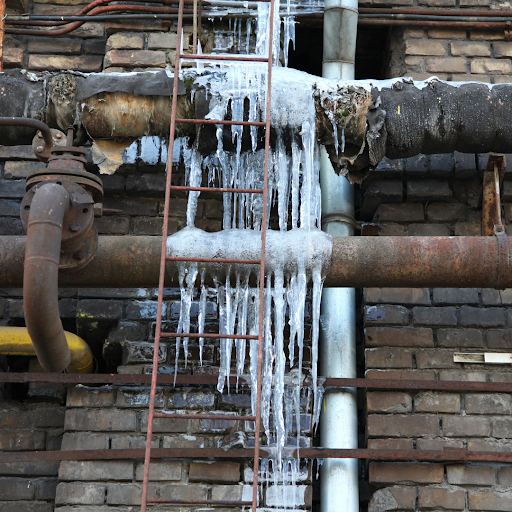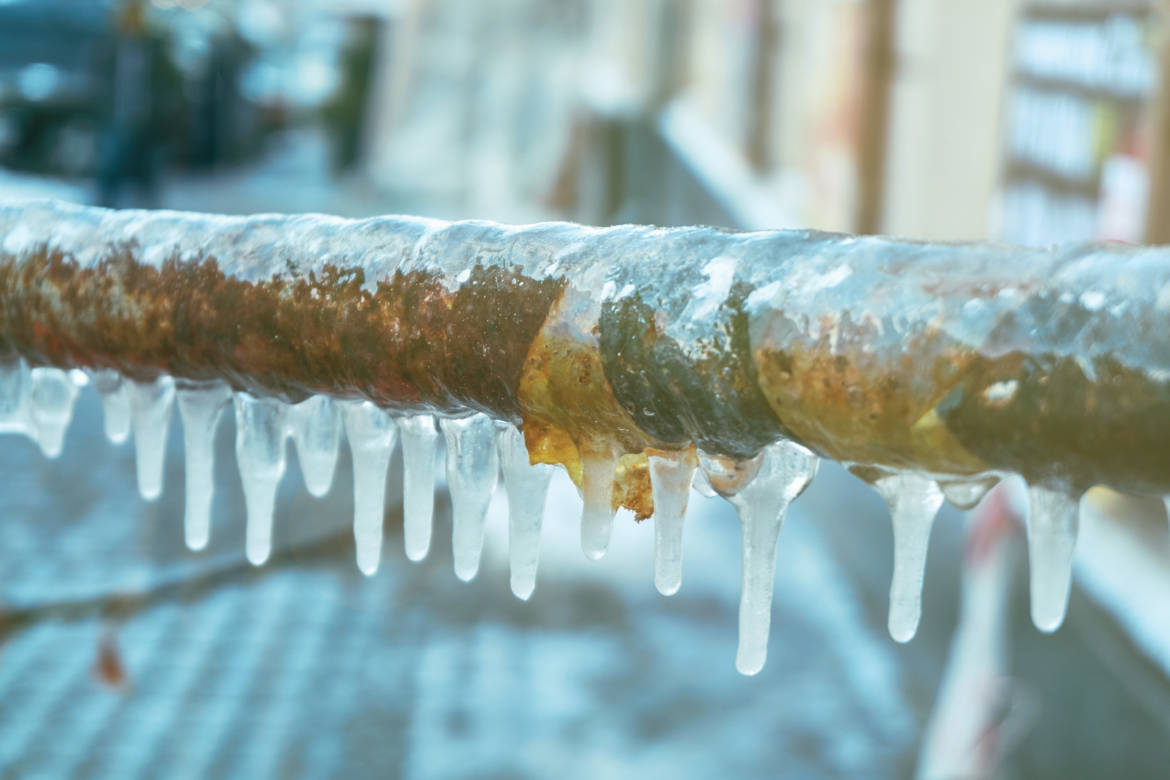Avoiding Frozen Pipes in Cold Weather: Essential Advice
Avoiding Frozen Pipes in Cold Weather: Essential Advice
Blog Article
Here down the page you can discover a bunch of outstanding points on the subject of How To Avoid Freezing Pipes.

Winter can ruin your pipes, particularly by freezing pipelines. Right here's how to stop it from taking place and what to do if it does.
Introduction
As temperature levels decrease, the danger of icy pipes increases, potentially bring about expensive repair work and water damages. Comprehending exactly how to stop frozen pipelines is vital for home owners in cold climates.
Comprehending Frozen Pipes
What creates pipelines to freeze?
Pipelines ice up when revealed to temperature levels below 32 ° F (0 ° C) for prolonged periods. As water inside the pipes freezes, it broadens, putting pressure on the pipeline walls and possibly triggering them to burst.
Threats and problems
Frozen pipelines can result in supply of water interruptions, home damage, and pricey repairs. Burst pipes can flooding homes and trigger comprehensive architectural damage.
Indicators of Frozen Pipes
Recognizing frozen pipes early can avoid them from rupturing.
How to determine frozen pipelines
Look for reduced water circulation from faucets, unusual odors or sounds from pipelines, and visible frost on subjected pipes.
Prevention Tips
Shielding susceptible pipelines
Wrap pipelines in insulation sleeves or utilize warm tape to shield them from freezing temperatures. Focus on pipes in unheated or external areas of the home.
Home heating strategies
Maintain interior areas sufficiently heated, specifically areas with pipes. Open cupboard doors to enable cozy air to flow around pipelines under sinks.
Shielding Exterior Pipes
Garden pipes and exterior taps
Detach and drain pipes garden tubes before winter months. Set up frost-proof faucets or cover exterior faucets with insulated caps.
What to Do If Your Pipelines Freeze
Immediate activities to take
If you believe frozen pipelines, keep taps available to ease pressure as the ice thaws. Make use of a hairdryer or towels taken in hot water to thaw pipes gradually.
Long-Term Solutions
Structural modifications
Take into consideration rerouting pipelines far from exterior wall surfaces or unheated areas. Include additional insulation to attic rooms, basements, and crawl spaces.
Updating insulation
Purchase top notch insulation for pipes, attic rooms, and walls. Proper insulation aids maintain constant temperature levels and reduces the risk of frozen pipes.
Verdict
Preventing frozen pipelines requires aggressive steps and fast feedbacks. By comprehending the reasons, indicators, and safety nets, property owners can shield their plumbing throughout cold weather.
5 Ways to Prevent Frozen Pipes
Drain Outdoor Faucets and Disconnect Hoses
First, close the shut-off valve that controls the flow of water in the pipe to your outdoor faucet. Then, head outside to disconnect and drain your hose and open the outdoor faucet to allow the water to completely drain out of the line. Turn off the faucet when done. Finally, head back to the shut-off valve and drain the remaining water inside the pipe into a bucket or container. Additionally, if you have a home irrigation system, you should consider hiring an expert to clear the system of water each year.
Insulate Pipes
One of the best and most cost-effective methods for preventing frozen water pipes is to wrap your pipes with insulation. This is especially important for areas in your home that aren’t exposed to heat, such as an attic. We suggest using foam sleeves, which can typically be found at your local hardware store.
Keep Heat Running at 65
Your pipes are located inside your walls, and the temperature there is much colder than the rest of the house. To prevent your pipes from freezing, The Insurance Information Institute suggests that you keep your home heated to at least 65 degrees, even when traveling. You may want to invest in smart devices that can keep an eye on the temperature in your home while you’re away.
Leave Water Dripping
Moving water — even a small trickle — can prevent ice from forming inside your pipes. When freezing temps are imminent, start a drip of water from all faucets that serve exposed pipes. Leaving a few faucets running will also help relieve pressure inside the pipes and help prevent a rupture if the water inside freezes.
Open Cupboard Doors
Warm your kitchen and bathroom pipes by opening cupboards and vanities. You should also leave your interior doors ajar to help warm air circulate evenly throughout your home.

As a passionate person who reads on How to prepare your home plumbing for winter weather, I imagined sharing that portion was sensible. Feel free to take the opportunity to share this page if you enjoyed reading it. We enjoy reading our article about Preventing and dealing with frozen pipes.
Request Free Estimate Report this page